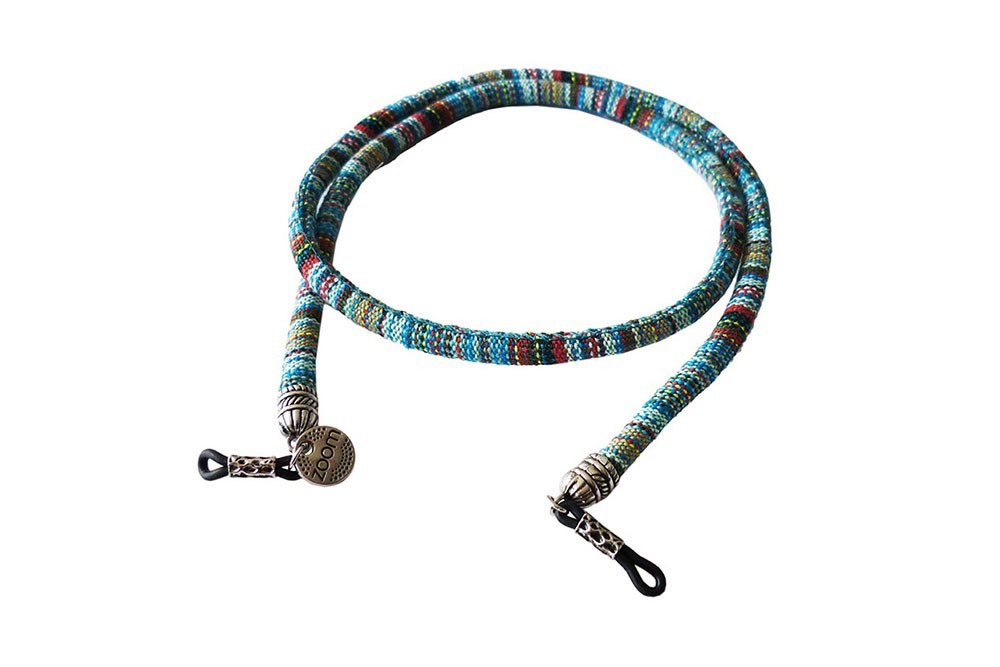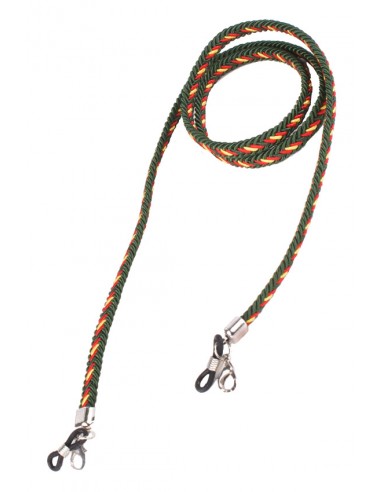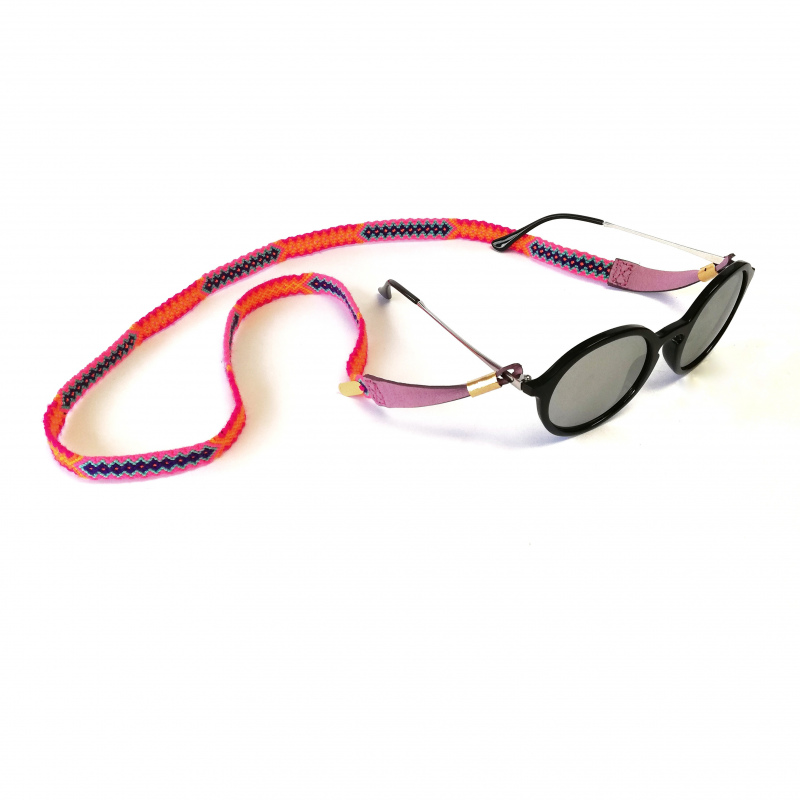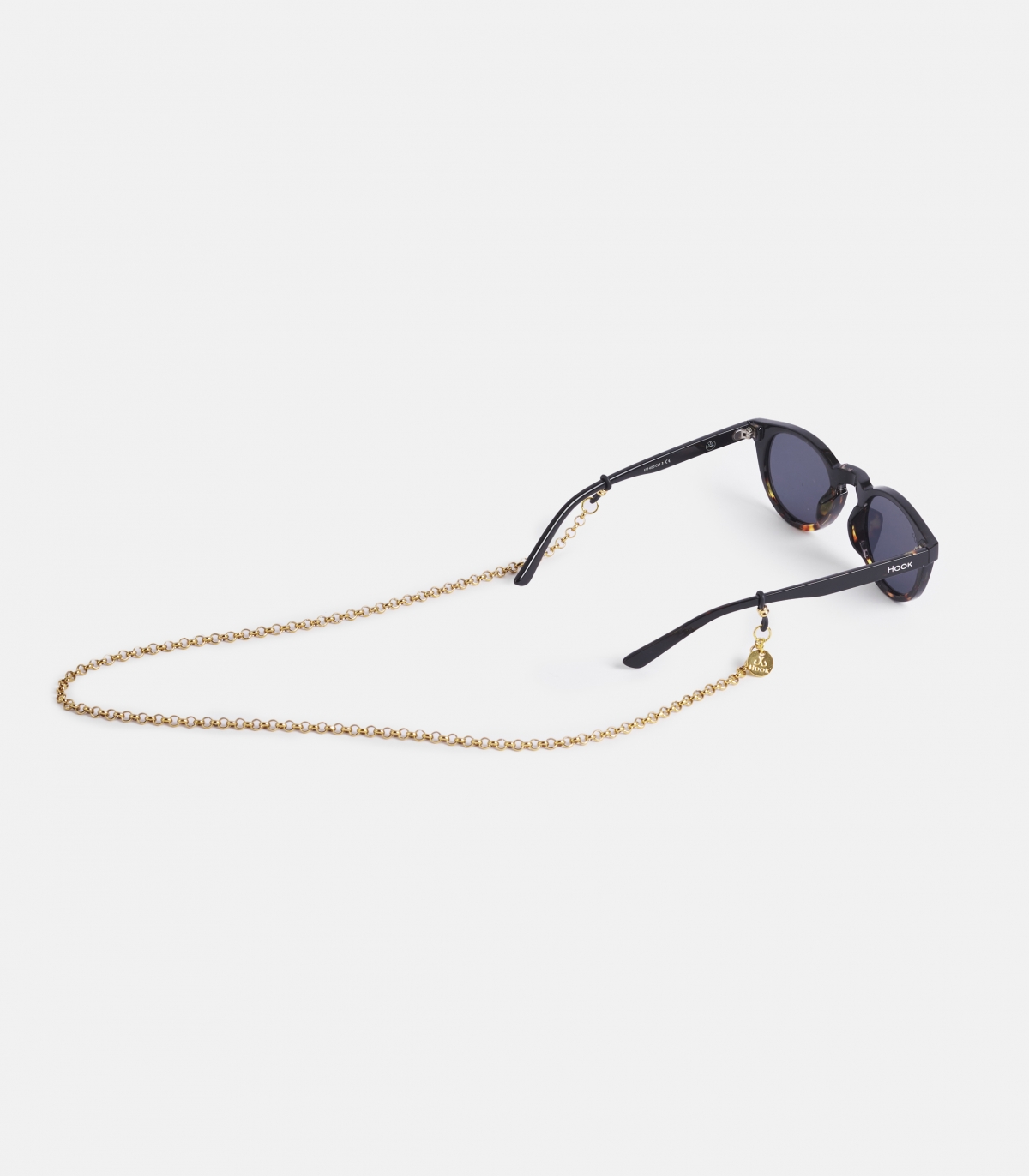
Amazon.com: Cordón ajustable para gafas, correa para el cuello para hombres y mujeres, cordón de seguridad para los ojos, cuerda de camuflaje para gafas de sol, regalo para deportes al aire libre,

Amazon.com: Cadenas de gafas para mujeres y hombres, soporte de correa de cuero ecológico de alta calidad, cordón de cadena para gafas, soportes para gafas alrededor del cuello : Ropa, Zapatos y

Amazon.com: SIGONNA Cordón de correa para lentes – Collar de cadena de cuero ecológico premium para lentes – Cordón para lentes – Retenedor de gafas : Ropa, Zapatos y Joyería




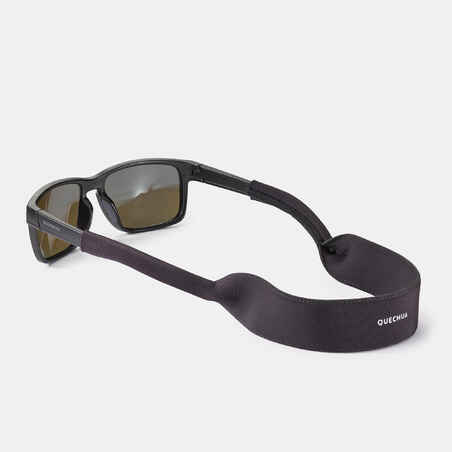

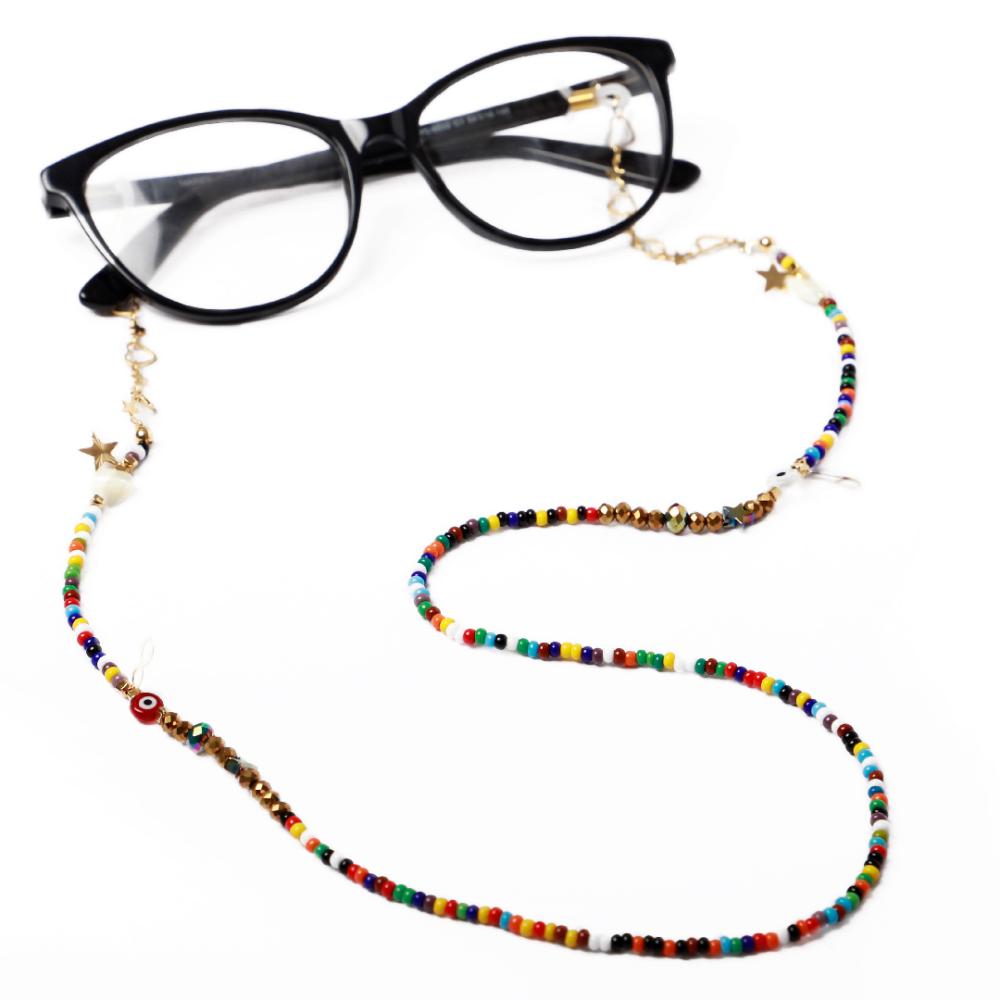



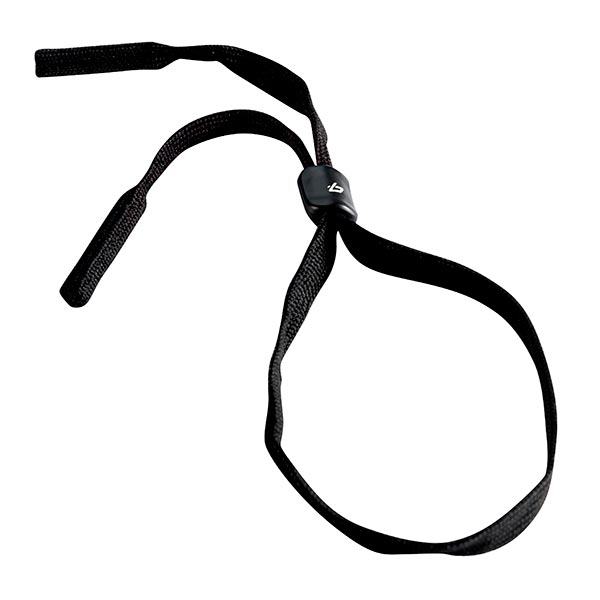





:format(jpg)/f.elconfidencial.com%2Foriginal%2F6ae%2F682%2Fde9%2F6ae682de9979503ba1253145572170be.jpg)

